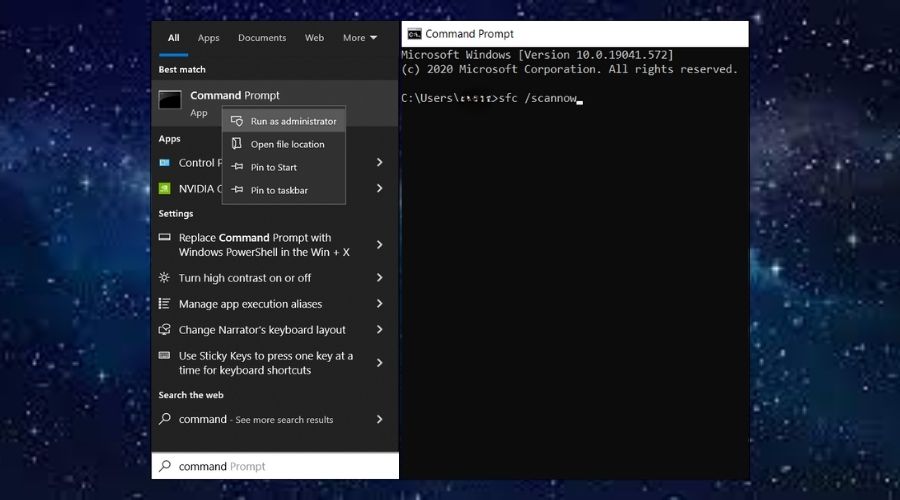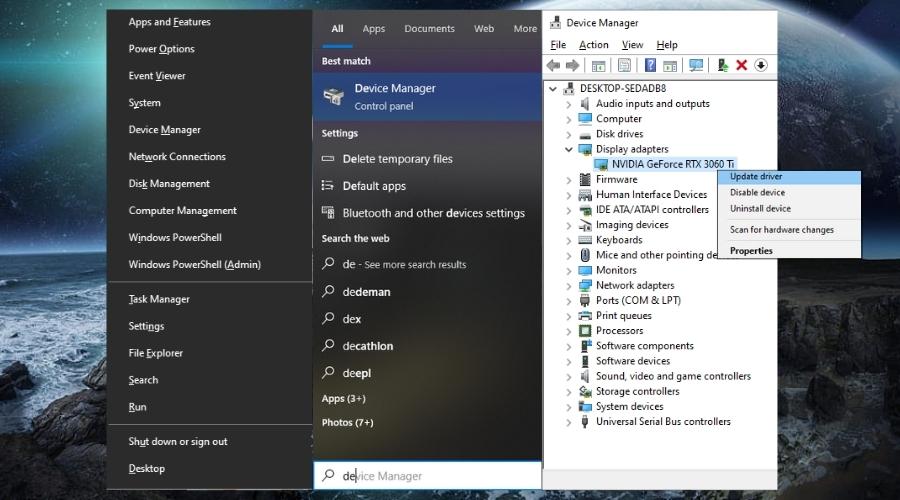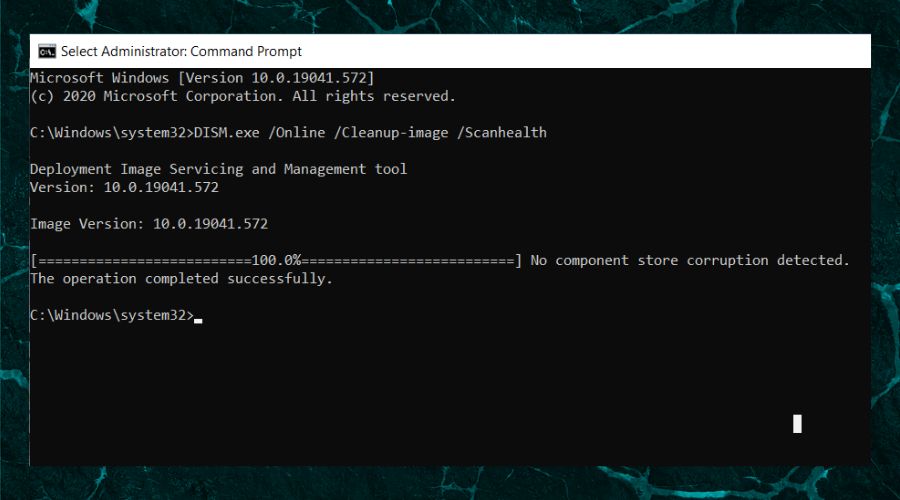How to Fix mf.dll missing on Windows: Step-by-Step Guide
The mf.dll missing on Windows can be a frustrating issue for many users. This error message typically appears when an essential file called ‘mf.dll’ is either corrupted or not found on your system. In this troubleshooting guide, we will explore why this error occurs and provide you with step-by-step instructions on how to fix it.
Why is mf.dll missing on Windows?
The “mf.dll missing” error can occur due to various reasons, and understanding them is important for effective troubleshooting:
- Corrupted or Deleted mf.dll File: The most common cause is a corrupted or accidentally deleted mf.dll file. This can happen due to malware infections, improper software installations, or accidental deletion.
- Software Conflicts: Incompatibility issues between multimedia software, codecs, or drivers can lead to the mf.dll error. It might occur after a Windows update or when installing new multimedia applications.
- Registry Errors: Registry problems can also trigger this error. Incorrect or missing registry entries related to the mf.dll file can disrupt its functioning.
How to Fix mf.dll Missing on Windows?
Now that we understand the potential causes, let’s proceed with the steps to fix the “mf.dll missing” error.
Table of Contents:
- Restore mf.dll from Recycle Bin (If Deleted)
- Run System File Checker (SFC)
- Reinstall Multimedia Software
- Update Graphics Drivers
- Registry Cleanup
- Use DISM
1. Restore mf.dll from Recycle Bin (If Deleted)
- Open the Recycle Bin on your computer.
- Search for the “mf.dll” file.
- If found, right-click on it and select “Restore.”

Disclaimer: Sometimes, your antivirus might delete DLLs or flag them as malicious.
2. Run System File Checker (SFC)
- Press
Win + Xand choose “Windows Terminal (Admin)” or “Command Prompt (Admin)” if you’re using an older Windows version. - Type
sfc /scannowand press Enter. - Wait for the scan to complete. It will attempt to repair any corrupted system files, including mf.dll.

3. Reinstall Multimedia Software
- Uninstall any multimedia software that might be causing conflicts.
- Download the latest version of the software from the official website.
- Install the software and follow the on-screen instructions.
Replace Missing or Corrupted DLL Files with a third-party tool
Missing or corrupted DLL files can lead to software malfunctions and system instability. Fortect offers a comprehensive solution to not only find and replace missing DLLs but also repair the entire Windows Registry, ensuring your system runs smoothly.
Step-by-Step Guide to replace and fix DLLs with Fortect:
1. Download and Install Fortect on your computer.
2. Launch the software and Start scanning.
3. Fortect will find problems with missing DLL files.
4. Click on Start Repair to start replacing DLLs automatically with working versions from its database.
Fortect’s DLL fixer tool offers a robust and comprehensive solution for all your DLL-related problems, eliminating the need for manual troubleshooting and reducing the risk of further system damage.
4. Update Graphics Drivers
1. Press Win + X and select Device Manager.
2. Expand the Display Adapters section.
3. Right-click on your graphics card and select Update driver.

4. Follow the prompts to update your graphics driver.
5. Registry Cleanup
NOTE: Editing the Windows Registry can be risky. Proceed with caution and consider backing up your registry before making any changes.
- Press
Win + R, typeregedit, and press Enter. - Navigate to
HKEY_LOCAL_MACHINE\SOFTWARE\Microsoft\Windows\CurrentVersion\Run. - Look for any entries related to multimedia software and delete them if they seem unnecessary.
You might also be interested to find out what causes Registry corruption.
6. Use DISM
Deployment Image Servicing and Management (DISM) is another command that you could use in the command prompt. It acts as a system file checker, but it searches for the core files and then repairs or replaces the faulty ones.
Disclaimer: You will sometimes need a proper internet connection for this command to work, and you will always need to run the command prompt as an administrator. Otherwise, you will get an error.

The DISM operations are:
- DISM.exe /Online /Cleanup-image /Scanhealth
- DISM.exe /Online /Cleanup-image /Restorehealth
How to use it:
- Press Win+S and look for the Command Prompt.
- Run it as administrator and use the first command.
- If there are no problems, you are good to go.
- However, if DISM discovers anything, use the second command.
- Once it is done, restart your PC.

After performing these methods, restart your computer and check if the “mf.dll missing” error has been resolved.
Tip: If nothing worked so far, check this list of DLL fixers.
The “mf.dll missing from your computer” error can be frustrating, but with the troubleshooting steps outlined in this guide, you should be able to resolve it effectively. Whether it’s restoring the file from the Recycle Bin, running system file checks, or addressing software conflicts, these methods should help you get your Windows system back on track and running smoothly.



![DLL Not A Valid Win32 Application [8 Easy Fixes]](https://wp-cdn.fortect.com/uploads/2023/10/11164036/dll-not-a-valid-win32-application-425x300.webp)